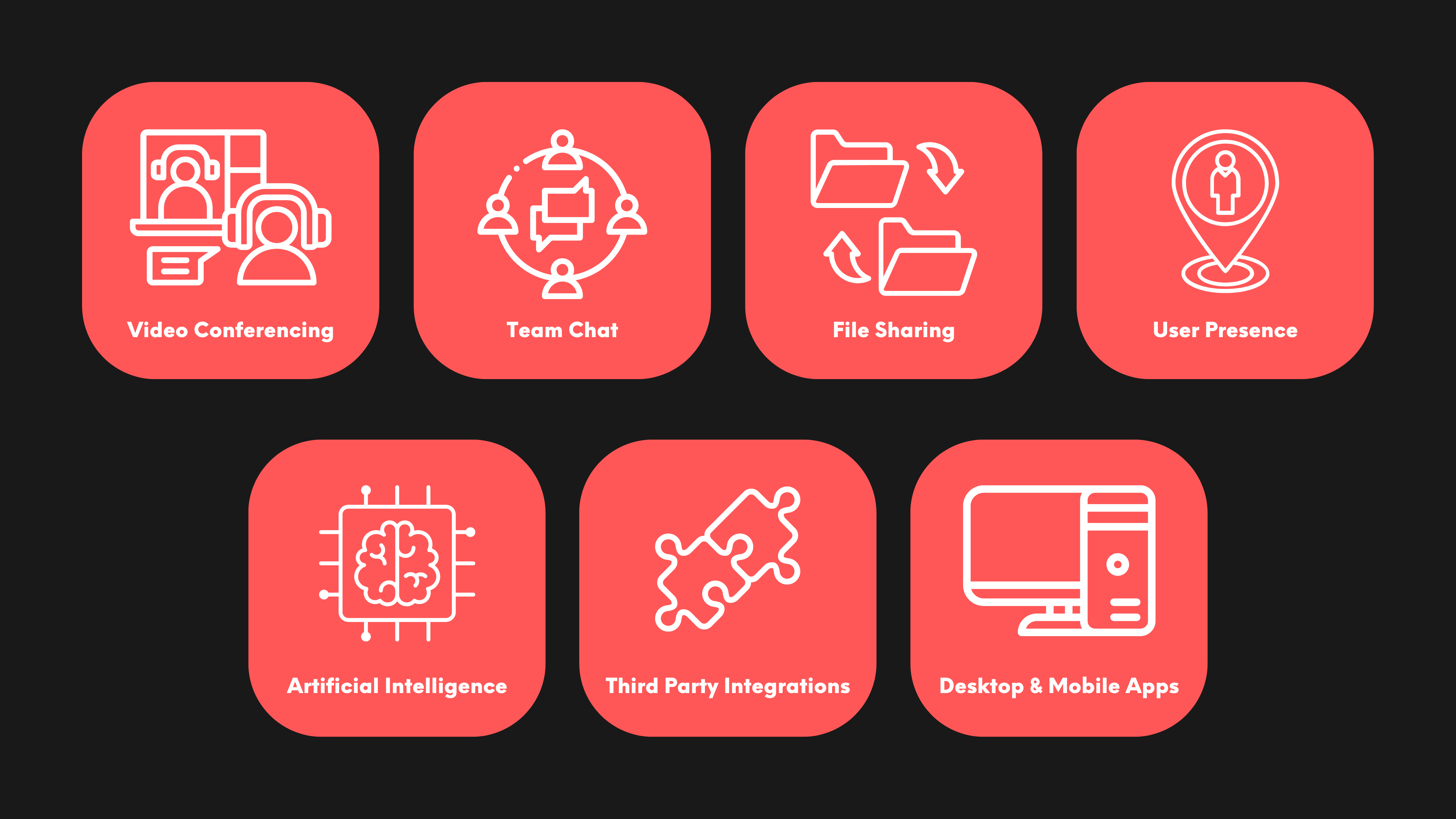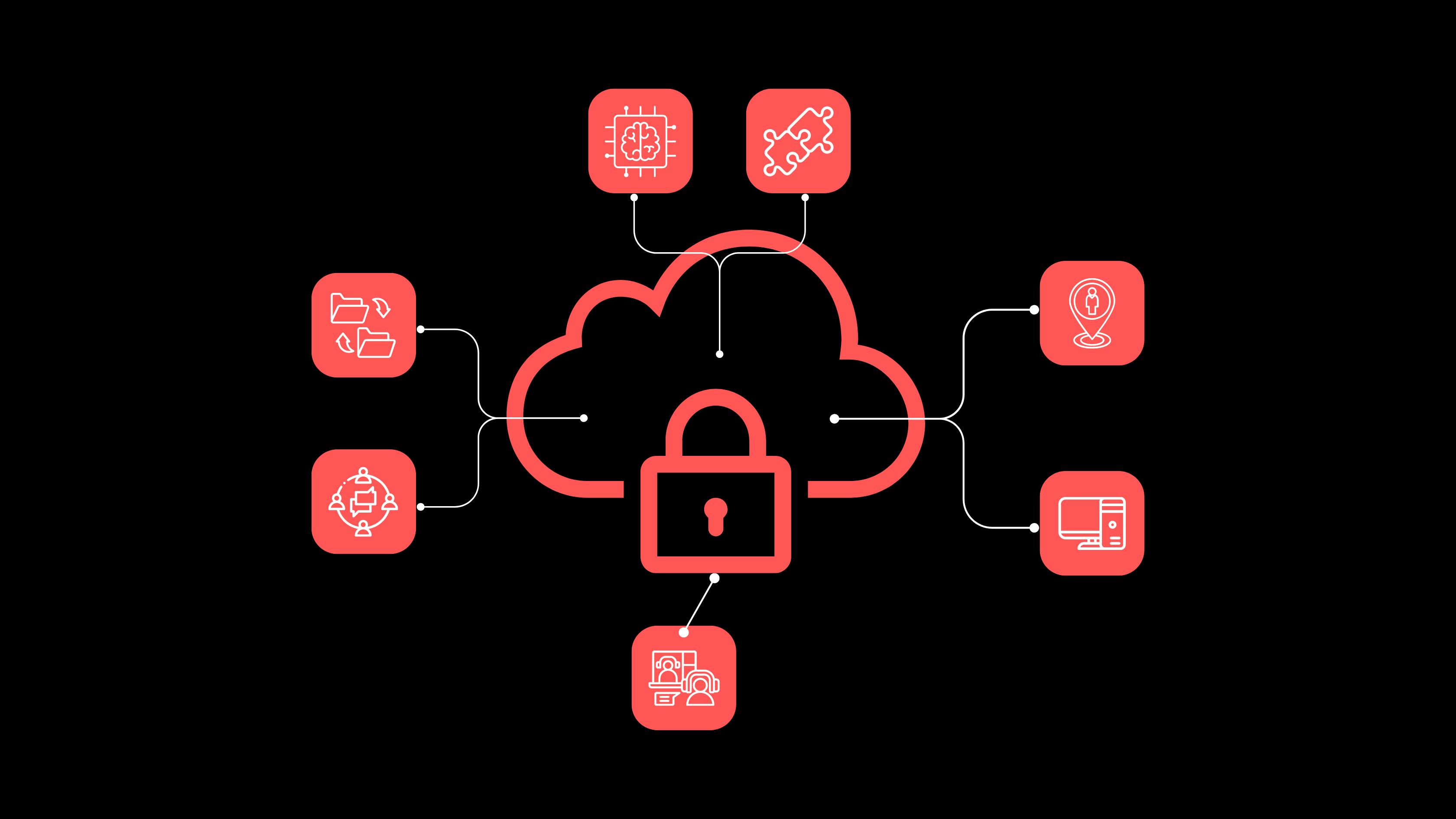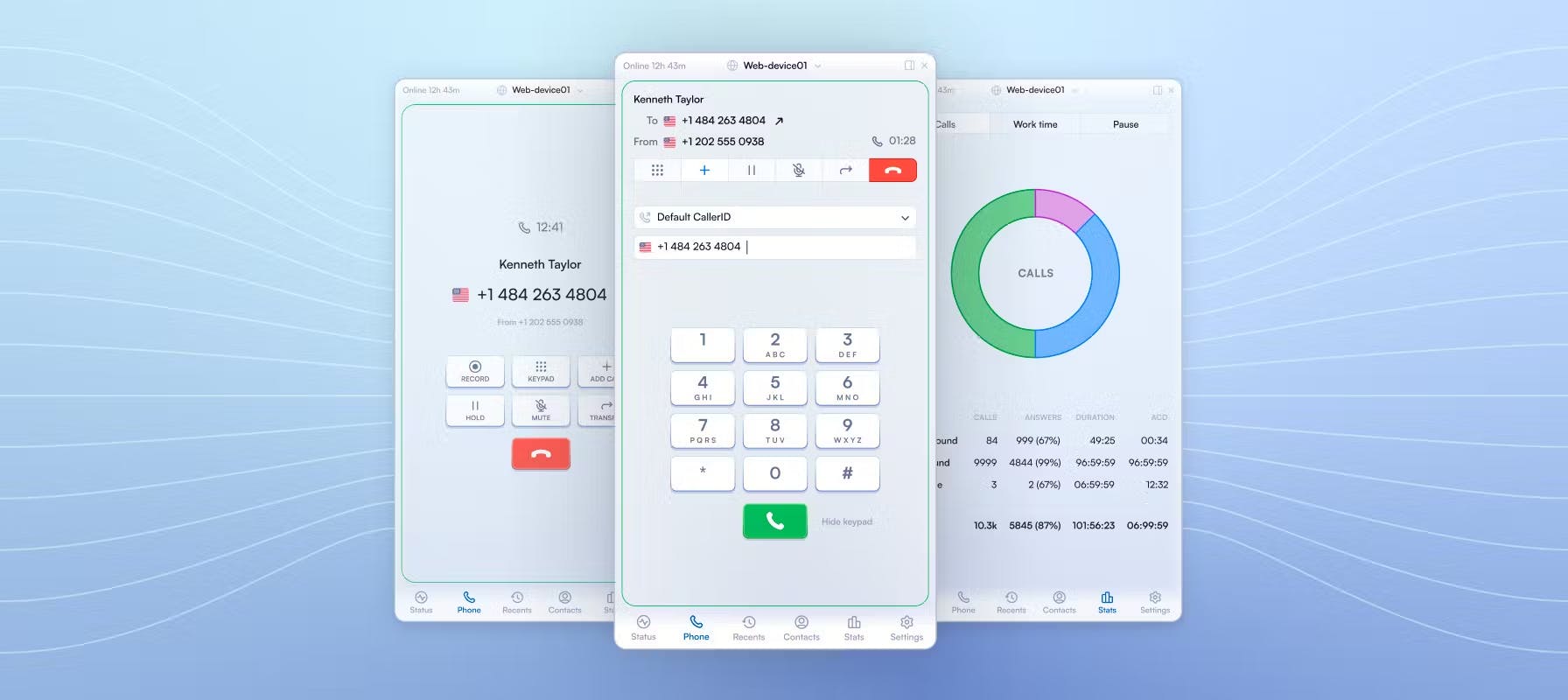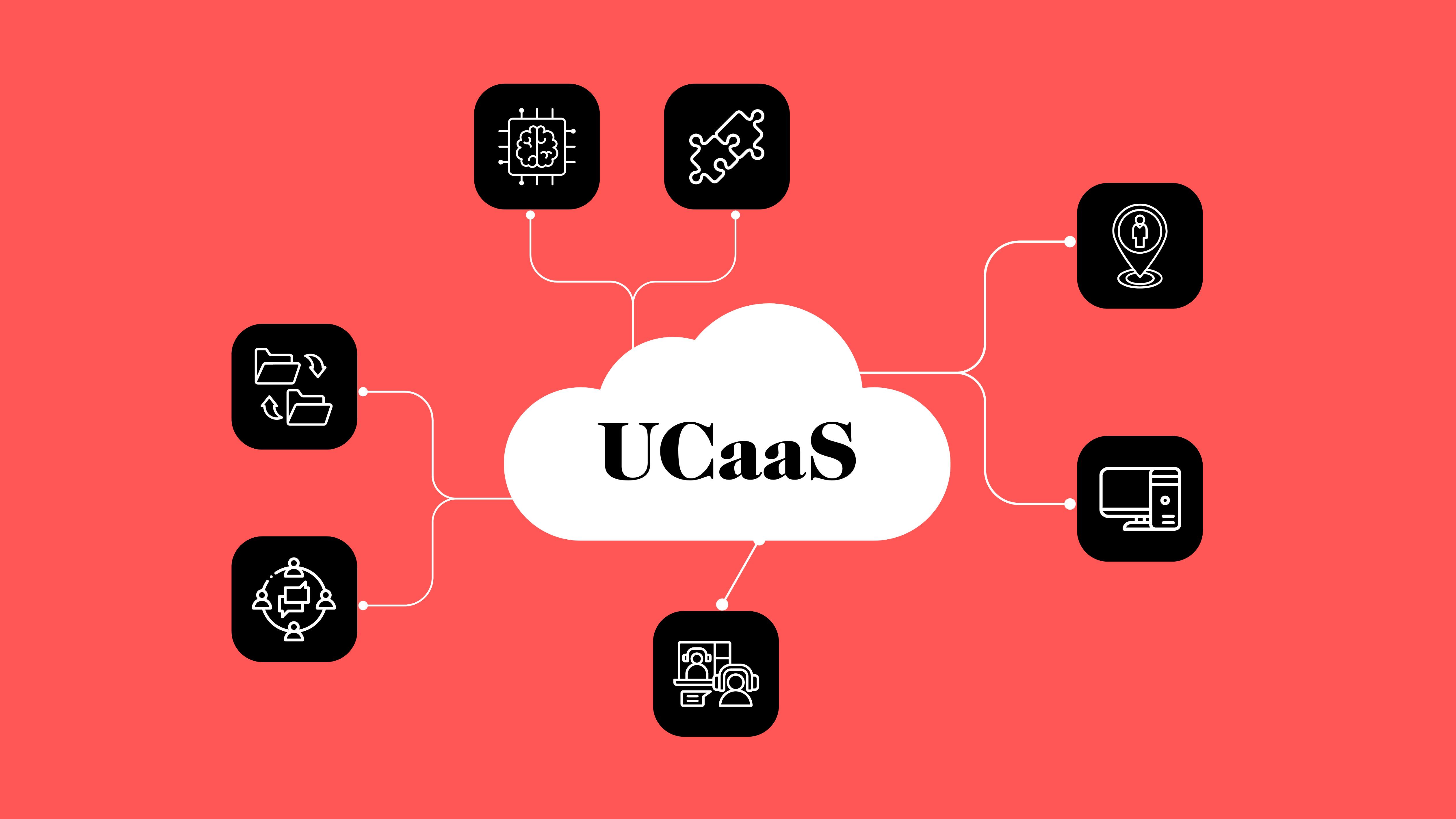The arrival of Unified Communications as a Service (UCaaS) has completely transformed how remote and hybrid teams work, offering unmatched freedom, adaptability, and teamwork possibilities.
In a world where the way we work keeps changing, UCaaS shines as a key player in keeping teams connected, productive, and communicating smoothly, no matter where they are or what devices they're using.
In this article, we dive into the wide-ranging advantages of UCaaS and its support for today's workforce, using real-world stories and the most current research to back it up.
1. How UcaaS came to be - a short history of the Tech Communication Evolution
- How it happened
A shift from traditional methods (telegraphs, telephones) to digital platforms, highlighting the technological journey from basic to complex communication systems.
The emergence of Unified Communications as a Service (UCaaS), revolutionizing enterprise connectivity by consolidating communication tools in the cloud. - Key Milestones
1960s PBX Systems: Initially streamlined internal calls within organizations, albeit with significant financial and manpower investments.
1970s IVR Systems: Pioneered customer service automation, significantly improving efficiency by reducing the reliance on live agents for routine queries.
Late 1990s: Voicemail and email integration marked a pivotal step towards unified communications, enabling more seamless access to essential business communication tools.
SIP & VoIP: Facilitated the transition to internet-based communication, offering more versatile and cost-effective voice and video call solutions.
Instant messaging: Emerged as a critical tool for real-time business communication, bridging the gap between traditional and digital communication methods. - Transition to UCaaS
From On-Premise to Cloud: The shift to cloud computing addresses the limitations of on-premise systems, such as high upfront costs and complex maintenance requirements.
Benefits: It offers businesses scalability and flexibility, allowing them to adapt quickly to changing market demands without significant infrastructure investments.
2. The essence of UCaaS in today’s work environment
Unified Communications as a Service harnesses the power of cloud technology to provide businesses with a robust and comprehensive array of communication tools. These tools encompass voice calls, video conferencing, instant messaging, and collaborative platforms, designed to ensure seamless interaction among team members, regardless of their physical location. By centralizing these key communication functionalities into a single, cloud-based service, UCaaS enables employees to access vital information and connect with colleagues using any internet-enabled device, whether it be a smartphone, tablet, or computer.
This unparalleled flexibility transcends mere convenience, emerging as a pivotal element in the strategic planning of businesses that prioritize agility and responsiveness. In today’s fast-paced and increasingly digital work environment, the ability to communicate and collaborate effectively without the constraints of geographic location or specific hardware setups is invaluable. UCaaS solutions facilitate this by breaking down the traditional barriers of office spaces, allowing teams to work together in real-time, whether they are in the same city or spread across different continents.
3. Key benefits of UCaaS for remote and hybrid teams
- Increased mobility and flexibility: UCaaS empowers employees with the ability to work from any location, delivering a seamless and unified communication experience whether they're working from home, sitting in the office, or traveling. This flexibility not only helps in maintaining work-life balance but also ensures that employees can stay connected and productive regardless of their physical location. The technology integrates various communication channels such as voice, video, and messaging into a single platform accessible from multiple devices, making it easier for teams to stay in sync.
- Enhanced collaboration: The real-time sharing of files, screen sharing, and video conferencing features of UCaaS platforms remove the hurdles of distance, making it as easy to collaborate with someone across the globe as it is with someone in the same room. This level of collaboration encourages a more engaged and interactive team environment, fostering innovation and speeding up decision-making processes. By enabling these capabilities, it ensures that all team members have immediate access to the information and resources they need, significantly enhancing teamwork and productivity.
- Cost efficiency: By merging various communication tools into one comprehensive platform, organizations can significantly cut down on IT expenses and eliminate the need for multiple disparate systems. This consolidation reduces the complexity of managing different communication solutions and lowers maintenance costs, leading to a more streamlined operation. Additionally, the subscription-based model typical of UCaaS services allows businesses to pay only for what they use, further optimizing their investment in communication technologies.
- Scalability: One of the standout features of UCaaS is its ability to scale with the business. As organizations grow or their needs change, these platforms can be easily adjusted to accommodate more users, add new functionalities, or expand into new territories. This scalability ensures that businesses can remain agile, responding quickly to market demands or internal growth without the need for significant upfront investments in new infrastructure or licenses.
- Improved customer experience: Advanced call routing, presence information, and integrated customer relationship management (CRM) systems mean that UCaaS can greatly enhance how businesses interact with their customers. These features ensure that customer calls are directed to the right person at the right time, reducing wait times and improving resolution rates. Presence information lets team members know who is available and how best to contact them, facilitating quicker responses to customer inquiries. Together, these capabilities contribute to a smoother, more responsive customer service experience, boosting customer satisfaction and loyalty.
Some of the features that best support remote work are: Video Conferencing, Team Chat, File Sharing, User Presence, Artificial Intelligence, Third Party Integration and Desktop and Mobile Apps. (Image inspiration from FitSmallBusiness)

4. The future of UCaaS: Trends and innovations
The Unified Communications as a Service sector is on the brink of a transformative phase, characterized by the infusion of innovative technologies and the shift in workplace dynamics. Here's a deeper dive into the emerging trends and innovations that are shaping the future of UCaaS:
- Employee engagement tools: The integration of employee engagement tools into UC platforms is revolutionizing how organizations approach internal communication and employee satisfaction. By incorporating real-time feedback mechanisms and gamification strategies, companies are not just enhancing the employee experience but are also creating a more engaging and interactive workplace. These tools help in recognizing employee achievements, setting up challenges, and encouraging healthy competition, thereby fostering a positive work culture. The convergence of customer experience (CX) and employee experience (EX) through these platforms ensures that organizations can achieve holistic benefits, leading to improved employee retention and productivity.
- Asynchronous communication: As global teams become more prevalent, the significance of asynchronous communication tools is becoming increasingly apparent. These tools, especially asynchronous video communication platforms, allow team members to share updates, feedback, and ideas in their own time, thus eliminating the constraints of differing time zones and schedules. This flexibility ensures that all team members, regardless of their location, can stay informed and contribute to projects without the need to coordinate real-time meetings. The adoption of asynchronous communication fosters inclusivity and ensures that decision-making is more collaborative and democratic.
- AI and Machine Learning: Artificial Intelligence (AI) and Machine Learning (ML) are at the forefront of revolutionizing UCaaS platforms by transforming them from passive tools into active assistants that anticipate user needs. AI-driven features such as virtual assistants, speech-to-text for meeting transcriptions, and intelligent call routing can significantly enhance productivity and efficiency. These technologies can automate routine tasks, offer personalized communication experiences, and even predict user needs based on past interactions and preferences. By reducing the time spent on mundane tasks, employees can focus on more strategic and creative aspects of their work, thereby driving innovation and growth.
5. Securing UCaaS: Building a safer communication environment

As UCaaS platforms become more integral to daily operations, ensuring the confidentiality, integrity, and availability of communication data is paramount. Here's how it is addressing these critical security challenges:
- Robust encryption protocols: UCaaS providers are implementing state-of-the-art encryption methods for both data at rest and in transit. This ensures that all forms of communication, including voice, video, and text, are protected from unauthorized access and eavesdropping.
- Advanced authentication mechanisms: To safeguard against unauthorized access, UCaaS platforms are incorporating multifactor authentication (MFA) and single sign-on (SSO) solutions. These authentication mechanisms add an extra layer of security, verifying the user's identity through multiple credentials beyond just a password.
- Comprehensive compliance standards: These solutions are designed to comply with stringent regulatory requirements such as GDPR, HIPAA, and SOC 2. This compliance ensures that businesses can trust their UCaaS provider to handle sensitive information with the utmost care and in accordance with global standards.
- Proactive threat detection and management: Leveraging AI and machine learning, the platforms can now predict and identify potential security threats in real-time. This proactive approach allows for immediate response to unusual activity, minimizing the risk of data breaches and cyber attacks.
- Regular security updates and patch management: Continuous updates and patches are essential in maintaining the security integrity of UCaaS platforms. Providers ensure that their systems are up-to-date with the latest security measures to protect against emerging vulnerabilities and threats.
6. Real-life examples and studies
A notable real-life example of UCaaS positively impacting a company can be seen in the case of GitLab, a company that operates entirely remotely with employees distributed across more than 65 countries. GitLab, being one of the world's largest all-remote organizations, heavily relies on Unified Communications as a Service to facilitate its day-to-day operations, collaboration, and communication among its globally dispersed workforce.

How UCaaS benefited GitLab:
- Seamless collaboration across time zones: Utilizing UCaaS platforms enabled GitLab to establish a seamless collaboration environment where team members could easily share files, communicate via instant messaging, and conduct video conferences regardless of their geographical locations. This level of connectivity was crucial for maintaining the flow of information and ensuring that all team members felt included and engaged.
- Enhanced productivity and efficiency: By integrating various communication tools into a single platform, GitLab was able to streamline its workflows and reduce the time spent switching between applications. This consolidation of tools not only improved operational efficiency but also significantly enhanced productivity among team members.
- Scalability to support growth: As GitLab continued to grow, the scalability of its solution allowed the company to easily add new team members and expand its operations without worrying about the limitations of its communication infrastructure. This scalability ensured that GitLab could maintain its rapid growth trajectory without compromising on communication or collaboration quality.
- Cost savings: Adopting a UCaaS model helped GitLab reduce its operational costs by eliminating the need for physical office spaces and the expenses associated with managing disparate communication systems. The cost efficiency was a key factor in enabling GitLab to allocate resources more effectively and invest in other areas of its business.
- Improved work-life balance: The flexibility offered by UCaaS supported GitLab’s commitment to work-life balance for its employees. The ability to work from anywhere at any time allowed team members to create schedules that fit their personal lives and work preferences, contributing to higher job satisfaction and employee retention rates.
A study by UC Today highlights the transformative impact of UCaaS on businesses, emphasizing its role in facilitating real-time connectivity, reducing complexity, and accommodating the dynamic nature of modern workforces. Examples like the integration of smart boards and the use of AI-fueled whiteboards demonstrate UCaaS's ability to adapt to the needs of remote teams, making brainstorming and project planning more interactive and inclusive.
If you're looking for a softphone solution, one of our dedicated teams at BinarCode is currently developing it for PBX.im, you can signup already so you don't miss it:

To conclude
Unified Communications as a Service (UCaaS) is more than just a technological solution; it's a strategic tool that empowers remote workforces by enhancing mobility, flexibility, and collaboration. As the work environment continues to evolve, UCaaS adapts, offering innovative features and integrations that support the changing dynamics of team interaction and productivity. By embracing UCaaS, businesses can not only navigate the challenges of remote and hybrid work models but also capitalize on the opportunities they present for growth and innovation.
Effective communication is 20% what you know and 80% how you feel about what you know


